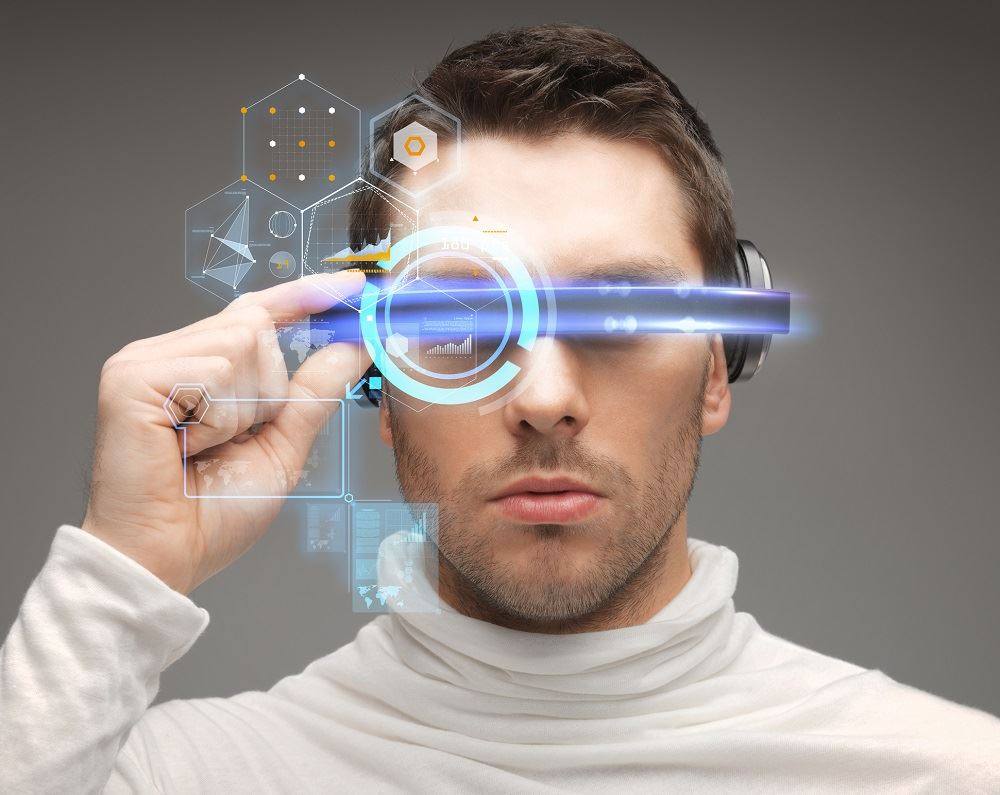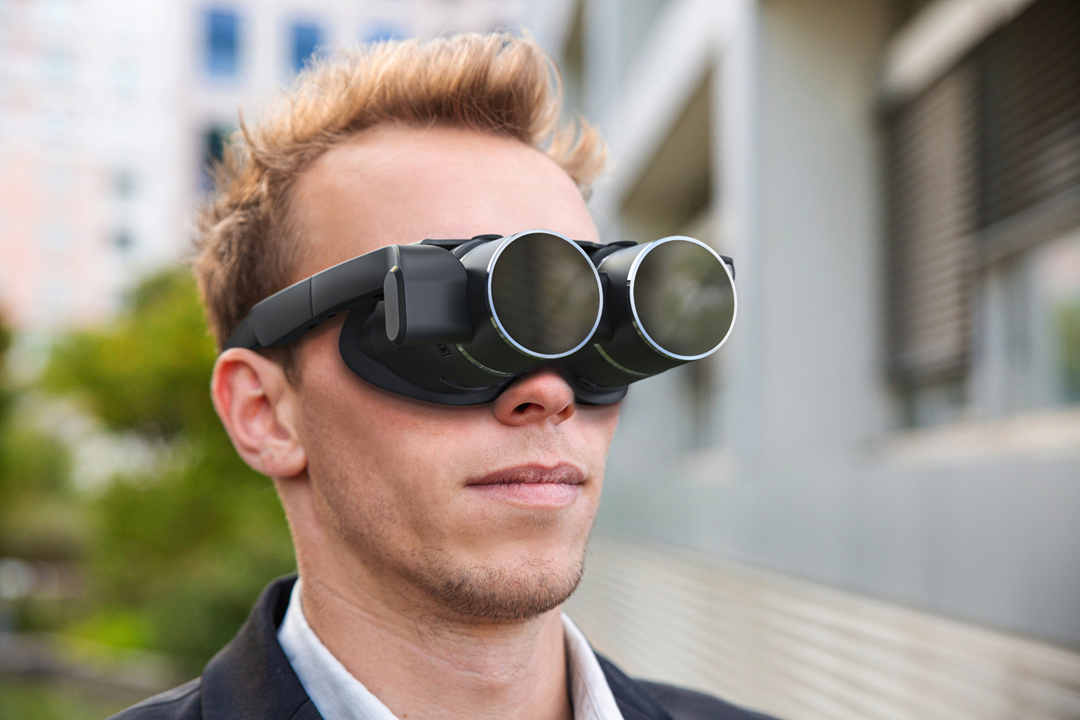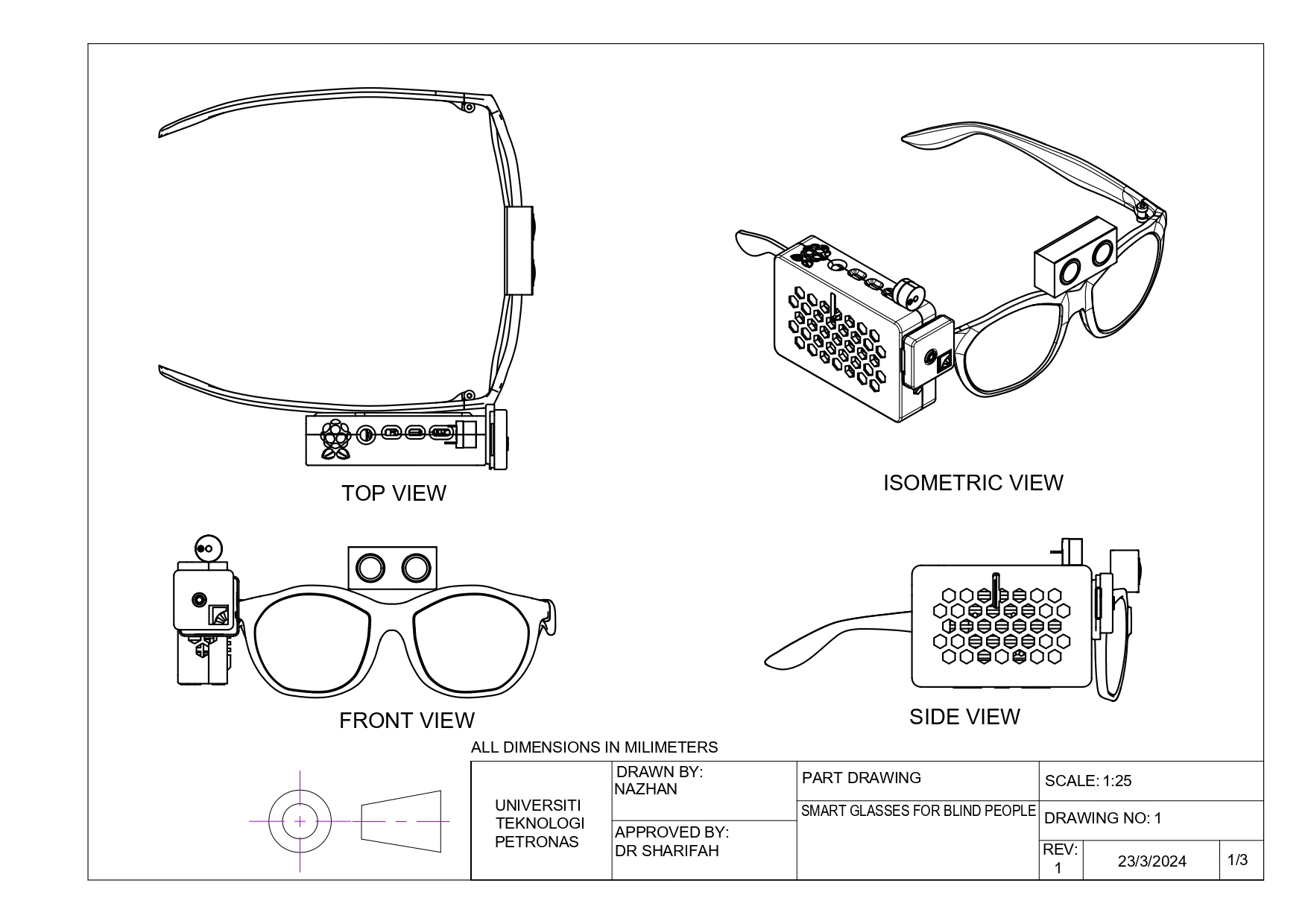AI-Powered Visual Aids: The Next Step in Assistive Technology for the Blind
Enhancing Availability Through Assistive Technology for the Blind
The assimilation of assistive modern technology for the blind stands for an essential innovation in access, essentially changing just how individuals browse their atmospheres and involve with society. From display visitors to innovative wise walking canes, these tools not only improve self-reliance yet likewise advertise inclusivity in numerous spheres of life. As we explore the diverse kinds of assistive tools and their substantial effect on everyday living, it ends up being vital to take a look at exactly how ongoing technical innovations are improving the landscape of support for the blind neighborhood. What implications do these growths hold for the future of ease of access?
Review of Assistive Innovation
Assistive innovation describes a range of tools and software program designed to enhance the capabilities of people with disabilities, including those that are blind or visually impaired. This innovation plays a vital duty in advertising self-reliance and enhancing the lifestyle for individuals. By giving alternative techniques for accessing info and executing everyday tasks, assistive modern technology empowers people to browse their settings better.
The advancement and application of assistive technology welcome a range of principles focused on promoting access. These principles consist of user-centered style, which focuses on the requirements and choices of the person, and the integration of modern technology into everyday tasks. Such advancements make sure that assistive devices are not only practical but simple and additionally user-friendly to utilize.
Furthermore, assistive technology encompasses a diverse spectrum of remedies, from low-tech alternatives like magnifiers to sophisticated innovations such as display visitors and Braille screens. The recurring evolution of this area is driven by the need to resolve the unique obstacles faced by individuals with aesthetic impairments (Wearable technology for low vision). As technology remains to advance, the capacity for enhancing ease of access and promoting inclusivity continues to be appealing, ultimately adding to a more equitable society

Types of Assistive Gadgets
Countless types of assistive devices are readily available to support people that are blind or visually impaired, each designed to deal with particular needs and challenges. These tools can be extensively classified into 3 primary types: low-tech, mid-tech, and state-of-the-art options.
Low-tech tools consist of items such as magnifiers, Braille labels, and tactile maps. These are reasonably easy devices that improve the user's ability to engage with their setting without needing complex technology.
Mid-tech tools usually involve advanced functions, such as digital magnifiers and portable Braille note-takers. These tools can use capabilities like speech result, enabling individuals to gain access to information extra successfully.

Effect On Daily Living
The schedule of numerous assistive tools substantially boosts the high quality of life for individuals that are blind or visually impaired, impacting their everyday living in extensive means. By incorporating modern technologies such as screen viewers, Braille displays, and audio summary services right into their routines, users gain greater autonomy and self-reliance. These tools facilitate accessibility to information, allowing individuals to perform day-to-day tasks, such as reading e-mails, browsing public rooms, and appreciating media web content.
In addition, assistive tools equip people to involve more totally in social communications and community tasks. The capability to make use of smartphones equipped with availability features allows for seamless interaction and link with others. This connectivity promotes a sense of belonging and decreases feelings of seclusion.
In specialist setups, assistive technology supports performance by permitting individuals to complete job jobs efficiently. Devices like voice recognition software and specialized click site magnifying devices allow customers to participate in the labor force on equivalent ground with their sighted peers.

Advancements in Innovation
Current technical advancements have substantially changed the landscape of devices readily available for people who are blind or aesthetically impaired. The combination of man-made knowledge (AI) and artificial intelligence has actually generated applications that enhance navigating and item recognition. As an example, smart device applications can now utilize AI to identify and explain surroundings in real-time, providing customers with useful contextual info.
Furthermore, developments in haptic technology have actually resulted in the advancement of smart walking canes furnished with sensors that identify challenges and supply tactile feedback. This empowers customers to navigate their setting with boosted confidence and self-reliance. Furthermore, developments in text-to-speech software application and braille displays have actually improved the access of electronic web content, allowing for smooth interaction with various media.
Wearable innovations, such as clever glasses, are also making strides in aiding visual problems. These devices can supply increased reality experiences, overlaying essential info onto the customer's field of view. Jointly, these developments not just enhance the lifestyle for people who are blind but additionally promote better inclusion in culture. As technology proceeds to advance, the potential for a lot more transformative devices remains coming up.
Future Trends and Innovations
As innovation quickly progresses, the future of assistive devices for individuals that are blind holds tremendous promise. Developments in synthetic knowledge (AI) and artificial intelligence are positioned to transform the way blind individuals interact with their atmospheres. For circumstances, AI-driven applications are being established to enhance things recognition, permitting customers to determine and browse their surroundings with better ease and precision.
Furthermore, developments in haptic responses technology are making it possible for the creation of responsive maps and navigating aids that supply real-time details through touch. These advancements not just boost movement yet also foster self-reliance. In addition, wearable devices equipped with enhanced truth (AR) attributes are emerging, providing customers aesthetic information through audio descriptions, consequently linking the void in between the physical and electronic globes.
In addition, the assimilation of clever home modern technology presents new chances for access, permitting people to manage their living settings through voice commands or smartphone applications. As partnership in between technology programmers and the blind area proceeds, the emphasis on user-centered visite site layout will certainly make certain that future innovations are customized to fulfill the one-of-a-kind demands of this populace (Wearable technology for low vision). The trajectory of assistive technology guarantees a much more inclusive and empowering future for individuals who are blind
Final Thought
In verdict, assistive modern technology plays a vital function in enhancing access for individuals with visual impairments. Continual developments in technology and user-centered style ensure that these devices cater properly to the special needs of the blind community.
The integration of assistive technology for the blind represents a Web Site pivotal development in ease of access, essentially altering just how individuals browse their atmospheres and engage with society.Assistive modern technology refers to an array of gadgets and software developed to enhance the capabilities of individuals with handicaps, consisting of those who are blind or aesthetically damaged. Wearable technology for low vision.As innovation quickly advances, the future of assistive devices for individuals who are blind holds enormous assurance. The trajectory of assistive modern technology assures an extra empowering and inclusive future for people who are blind
In conclusion, assistive modern technology plays a vital duty in boosting access for individuals with aesthetic problems.